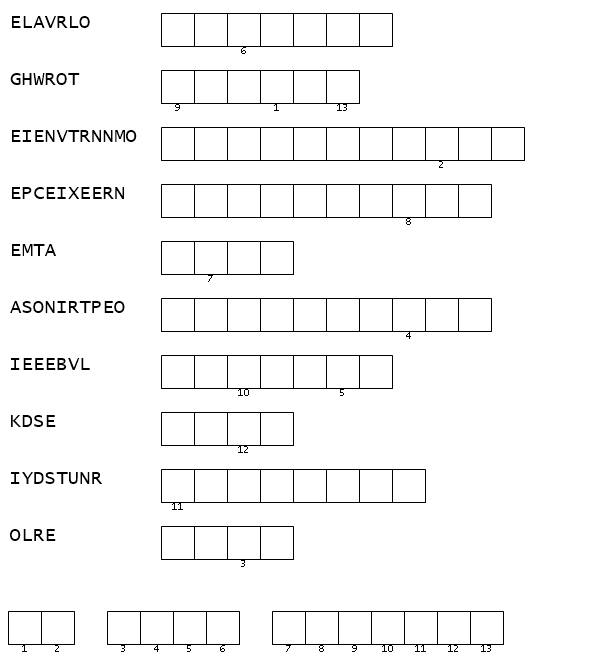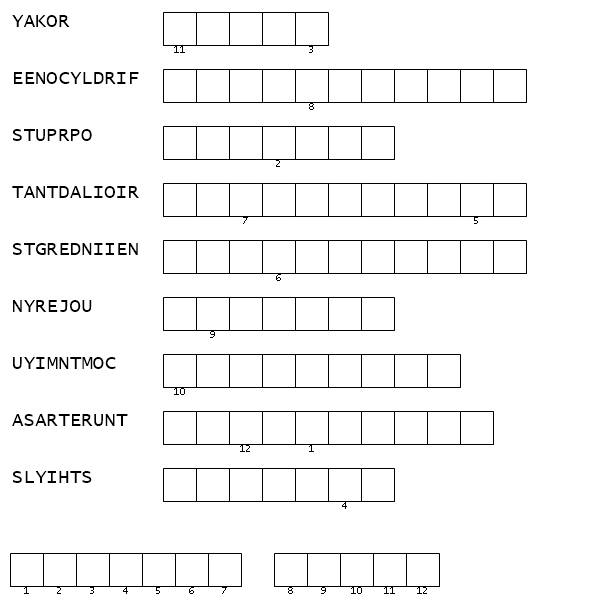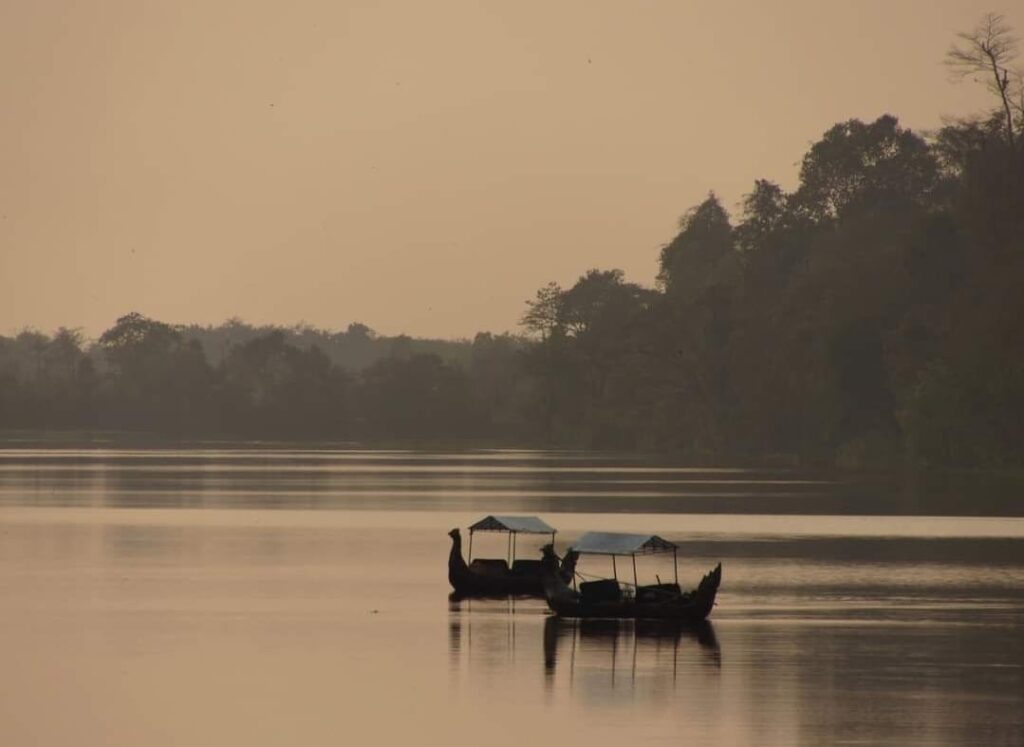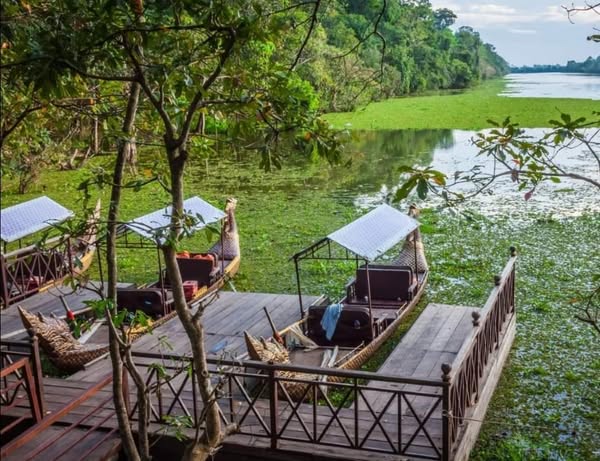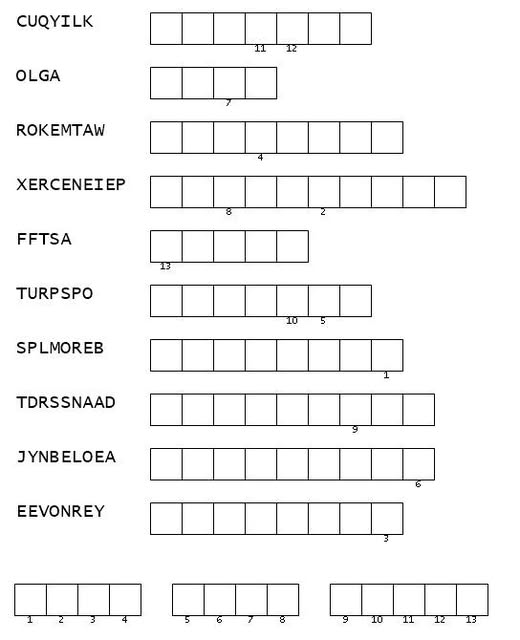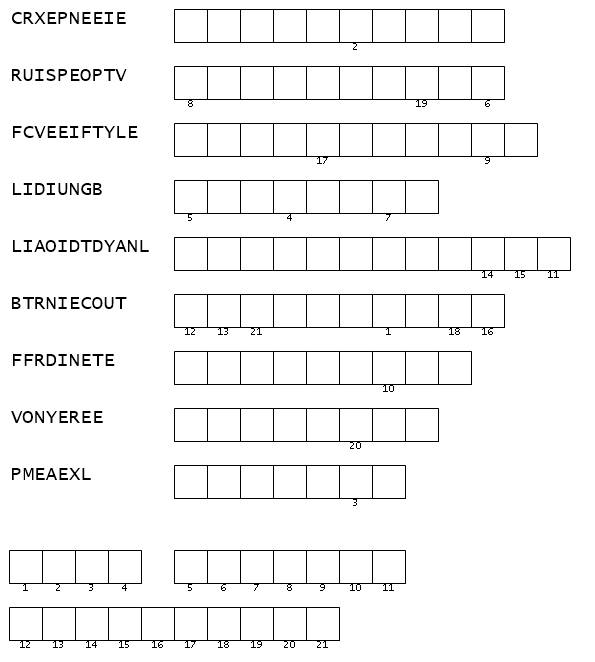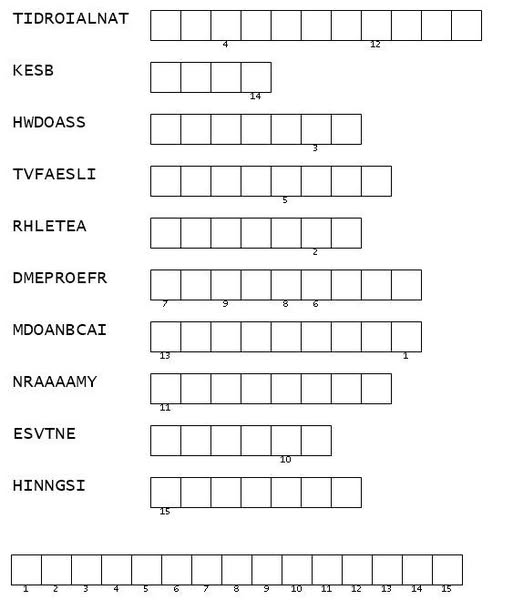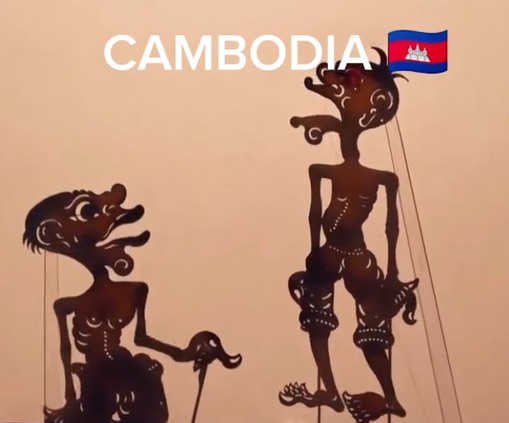for the great SMFclass 23/24, congratulations for completing education
Here’s a step-by-step guide to help you land a great job in the tourism industry:
### 1. **Tailor Your Resume and Cover Letter**
– **Highlight Relevant Skills**: Emphasize any customer service experience, language skills, and knowledge of specific destinations or cultures.
– **Customize for Each Job**: Tailor your resume and cover letter to the specific job you’re applying for, highlighting how your training and experience align with the role.
### 2. **Build Your Professional Network**
– **Join Industry Associations**: Consider joining tourism-related organizations (like the International Air Transport Association (IATA) or local tourism boards) to meet professionals and gain insights.
– **Attend Events and Job Fairs**: Participate in industry events, conferences, or job fairs to network with potential employers.
### 3. **Leverage Online Platforms**
– **LinkedIn**: Optimize your LinkedIn profile to reflect your skills and connect with industry professionals.
– **Job Boards**: Regularly check job boards like Indeed, Glassdoor, and specific tourism job sites like Hospitality Online or Hcareers.
### 4. **Gain Experience**
– **Internships or Volunteering**: If you’re finding it challenging to secure a full-time position, consider internships, volunteering, or part-time roles in tourism to build your experience and network.
– **Start with Entry-Level Jobs**: Be open to starting with entry-level positions to gain practical experience, which can lead to more advanced opportunities.
### 5. **Consider Specializing**
– **Niche Markets**: Explore specializations within tourism, such as eco-tourism, luxury travel, adventure tourism, or cultural tourism, depending on your interests.
– **Additional Certifications**: Obtain certifications that are valued in specific sectors, such as tour guiding, travel planning, or hospitality management.
### 6. **Prepare for Interviews**
– **Research the Company**: Before interviews, thoroughly research the company and its services to demonstrate your interest and knowledge.
– **Practice Common Questions**: Be ready to discuss scenarios related to customer service, conflict resolution, and your passion for travel.
### 7. **Stay Updated on Industry Trends**
– **Read Industry Publications**: Keep up with tourism trends by reading industry news, blogs, and publications.
– **Continuous Learning**: Consider short courses or workshops to update your skills, especially in digital tools or marketing, which are increasingly important in tourism.
### 8. **Consider Relocation**
– **Explore Different Regions**: Be open to relocating for job opportunities, especially to areas with a strong tourism industry or where your language skills might be in demand.
By following these steps, you’ll be well-prepared to navigate the job market in tourism and find a position that aligns with your career goals.
